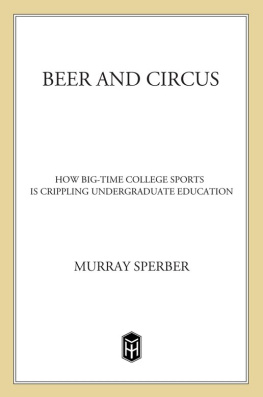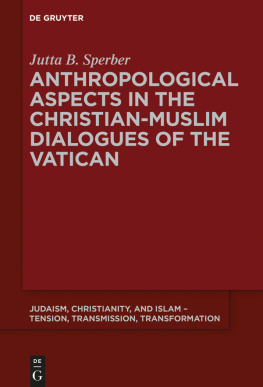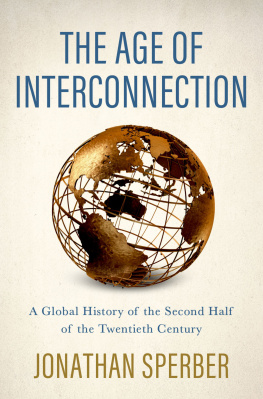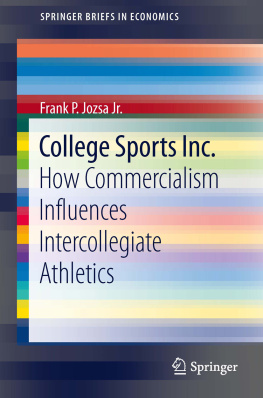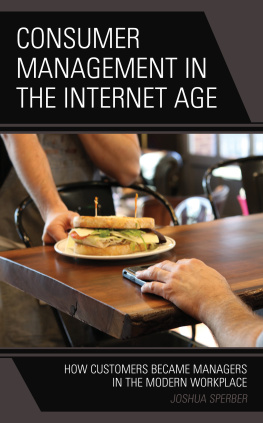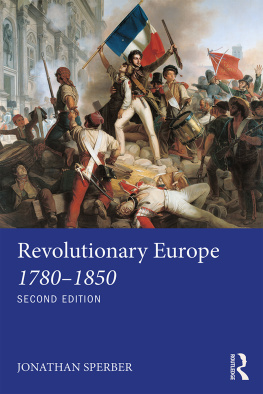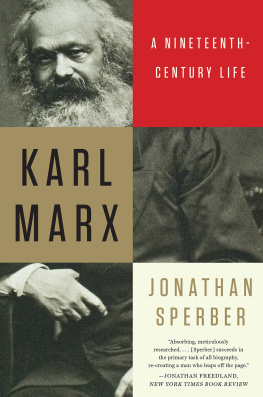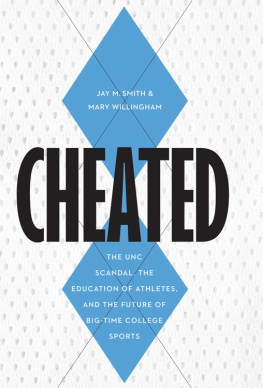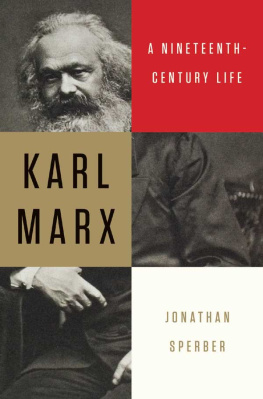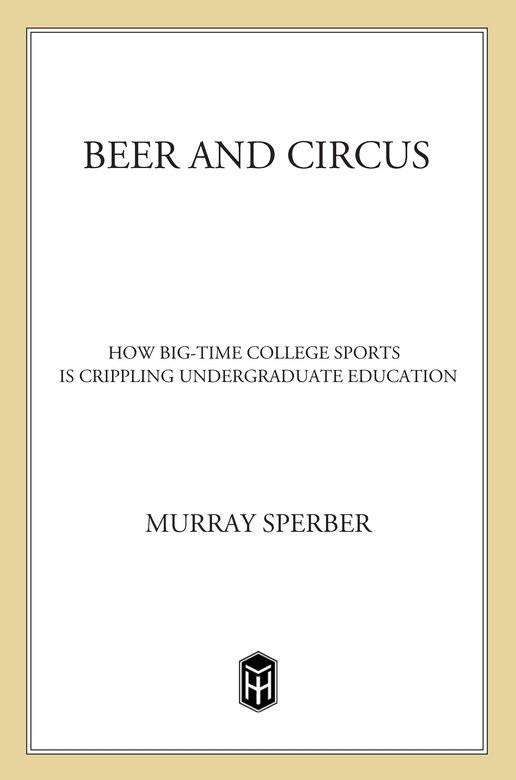Sperber - Beer and circus : how big-time college sports is crippling undergraduate education
Here you can read online Sperber - Beer and circus : how big-time college sports is crippling undergraduate education full text of the book (entire story) in english for free. Download pdf and epub, get meaning, cover and reviews about this ebook. City: New York, United States., USA, year: 2000, publisher: Henry Holt and Co.;H. Holt, genre: Home and family. Description of the work, (preface) as well as reviews are available. Best literature library LitArk.com created for fans of good reading and offers a wide selection of genres:
Romance novel
Science fiction
Adventure
Detective
Science
History
Home and family
Prose
Art
Politics
Computer
Non-fiction
Religion
Business
Children
Humor
Choose a favorite category and find really read worthwhile books. Enjoy immersion in the world of imagination, feel the emotions of the characters or learn something new for yourself, make an fascinating discovery.
- Book:Beer and circus : how big-time college sports is crippling undergraduate education
- Author:
- Publisher:Henry Holt and Co.;H. Holt
- Genre:
- Year:2000
- City:New York, United States., USA
- Rating:5 / 5
- Favourites:Add to favourites
- Your mark:
Beer and circus : how big-time college sports is crippling undergraduate education: summary, description and annotation
We offer to read an annotation, description, summary or preface (depends on what the author of the book "Beer and circus : how big-time college sports is crippling undergraduate education" wrote himself). If you haven't found the necessary information about the book — write in the comments, we will try to find it.
Using research culled from students, faculty, and administrators around the country, Sperber proves that many schools, because of their emphasis on research and graduate programs, no longer give the majority of their undergraduates a meaningful education. What they offer instead is a meager and dangerous substitute: the party scene surrounding college sports that Sperber calls beer and circus and which serves to keep the students happy while tuition dollars keep rolling in.
Sperber explains how this beer-and-circus scene has evolved over many generations. He details the pernicious roles of the media and corporations looking to tap into the lucrative student market, raising the particular concern of the current epidemic of student binge drinking, which in many ways results from these complex factors.--Jacket. Read more...
Abstract: Murray Sperber takes us beyond the headlines and the public controversies to explore the profound and tragic impact of big-time intercollegiate athletics on undergraduate education. Sperber explodes cherished myths about college sports, particularly at Big-time Us, the large public research universities with high-profile mens football and basketball teams playing at the top level of the NCAA.
Using research culled from students, faculty, and administrators around the country, Sperber proves that many schools, because of their emphasis on research and graduate programs, no longer give the majority of their undergraduates a meaningful education. What they offer instead is a meager and dangerous substitute: the party scene surrounding college sports that Sperber calls beer and circus and which serves to keep the students happy while tuition dollars keep rolling in.
Sperber explains how this beer-and-circus scene has evolved over many generations. He details the pernicious roles of the media and corporations looking to tap into the lucrative student market, raising the particular concern of the current epidemic of student binge drinking, which in many ways results from these complex factors.--Jacket
Sperber: author's other books
Who wrote Beer and circus : how big-time college sports is crippling undergraduate education? Find out the surname, the name of the author of the book and a list of all author's works by series.

